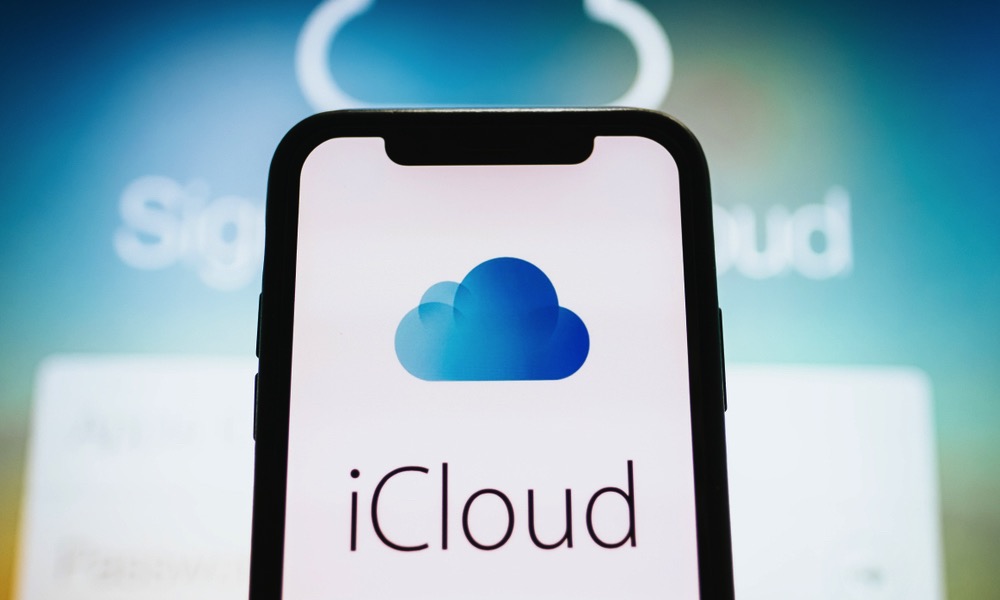Opinion | Apple, Times Have Changed. 5GB of iCloud Storage Is Not Enough
 Credit: Nikkimeel / Shutterstock
Credit: Nikkimeel / Shutterstock
Toggle Dark Mode
Things aren’t the same as when services like iCloud first appeared – but their free data caps remain exactly the same. It’s time for a change.
Quick history course: iCloud first launched in 2011. Steve Jobs was on stage, iPhone users were on iOS 5, and Apple was about to change the way it handled data and syncing capabilities. iCloud promised to unite Apple devices with cloud storage, making it easier to sync data between things like MacBooks and iPads, while also allowing users to store a variety of data in the cloud for easy retrieval.
In today’s world, loaded with cloud storage for everything from Dropbox to the video doorbell on your porch, that may not seem too impressive, but iCloud was big news at the time.
And the biggest news of all was that iCloud would launch with 5GB of free storage for everyone to use – at a time when cloud services were primarily fee-based for even a small amount of data.
Times have changed, but iCloud’s free storage hasn’t. What was once a rare freebie has now become commonplace and entirely insufficient for how we use our devices today.
Here’s what’s happening: iCloud’s free storage limit remains at 5GB, with options to upgrade to iCloud+ at 50GB, 200GB, or 2TB with a subscription fee, anywhere between $1 per month and $10 per month. The paid tiers were designed for more professional users or those who needed a lot of content in the cloud. But increasingly, that’s everyone, and 5GB of data just isn’t useful for the average person anymore.
That’s tacitly acknowledged in Apple’s other moves, like increasing the amount of cloud storage available (while keeping the price the same) in 2015 or adding new tiers like in 2017. Compare this with Apple’s new iPhone 12 camera system, which added two to three lenses to the iPhone, increased digital zoom, the ability to record HDR video with Dolby Vision, and the new ProRAW image format designed to capture as much untouched image data as possible. Image file sizes are getting bigger – you can see the trend. For the past decade, image and video capabilities have grown increasingly powerful. In contrast, iCloud entry-level storage has remained completely frozen.
A good quality JPEG downloaded onto your device will take up a few hundred KBs of data if it’s a busy image. A high-res option will take up a couple of MB. Specialized formats in photo or video editing apps can take up far more to get the look you want. And we’re an image-happy bunch: we are snapping pictures and quick videos multiple times a day to keep for later, edit, and share – not to mention all the photos and video we are receiving and may want to save or transfer.
Now, add in the other apps that take advantage of iCloud storage, apps and services that continue to grow over time – including things like Contacts, Books, Maps information, Calendar events, Health app data, Siri preferences, and of course the ability to backup your iOS device if you have enough room (we do not).
In other words, 5GB is now nowhere near enough for the average smartphone user, but that free data limit just isn’t changing. That leaves us with on-board storage (often already taken up by apps and files), or external storage like SD Cards (not compatible with devices like iPhones).
Now let’s look at Google Cloud, where we see something very similar. Cloud file storage is capped at 5GB and has been for years, which is fine if you are saving simple Google Docs but isn’t tenable if you are trying to manage a portfolio of images or video – and more and more of us are. Other cloud platforms have similar entry-level numbers, and they are likewise becoming less and less useful as the world collectively syncs and saves more data.
Tech companies could, of course, leave us permanently at 5GB of free storage until it becomes meaningless, literally forcing you to a paid subscription. Brands could earn a lot of goodwill by announcing a significant bump in free cloud storage offerings to keep up with how our modern lives work, and for those of us who don’t want to add (or can’t add) another subscription.
A few more complimentary gigabytes isn’t too much to ask.






